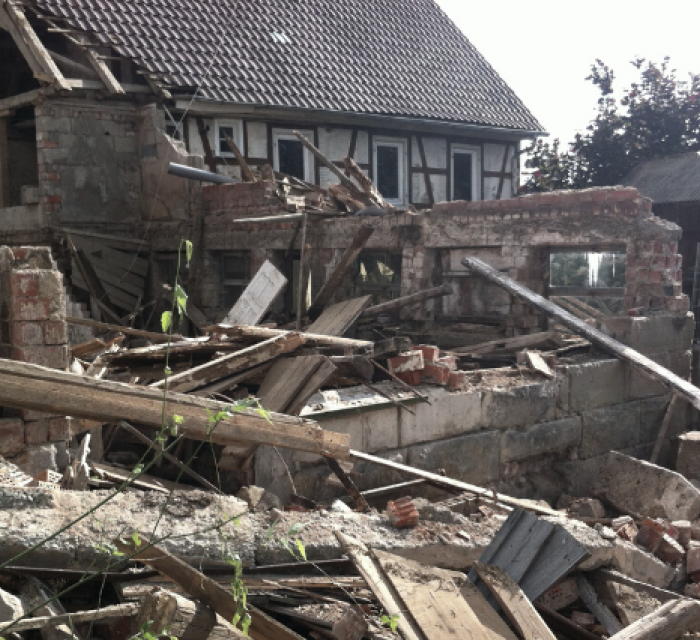Do you own an unmaintained building? Pay your attention!
The National Council of the Slovak Republic approved the amendment to Act No. 582/2004 Coll. on local taxes, which is effective from June 15, 2022.
The news concerns higher taxation of unmaintained buildings. If the taxpayer does not take care of his buildings and the conditions of unmaintained buildings are met, the tax administrator can increase his tax on buildings. Many towns and villages struggle with dilapidated buildings, but responsible building owners should not have to pay for it.
What is an unmaintained building?
In the sense of the approved amendment to the Act on Local Taxes, non-maintained buildings are:
- buildings that the owner does not properly maintain in good construction condition and the building authority has legally ordered him to take care of the repair within a specified period in the public interest, while the owner has not fulfilled his obligation within the specified period,
- buildings that do not meet the basic requirements for buildings, thereby endangering or bothering the users or the surroundings of the building, and the building office has legally ordered their owner to carry out the necessary modifications to the building, while the owner has not fulfilled this obligation within the specified period,
- defective structures endangering the life or health of persons, if they cannot be economically repaired and the building office has legally ordered the owner to remove the structure, while the owner has not fulfilled this obligation within the specified period.
How will higher taxation work?
Through the amendment to the Act on Local Taxes, cities and municipalities will receive a new tool - the tax rate coefficient for unmaintained buildings.
The coefficient of the tax rate of an unmaintained building can be determined by the tax administrator (municipality, city) by means of a generally binding regulation for individual types of buildings. It will be left to the decision of the tax administrator whether to determine the coefficient or not, whether to determine it only for a specific part or cadastral territory. The coefficient can be higher than 1, but at most 10. In other words, for an unmaintained building, the municipality or city can set a tax rate up to 10 times higher than the normal tax rate.
Before levying the tax by applying the tax rate coefficient of the unmaintained building, the tax administrator is obliged to send the taxpayer a written notice of this intention twice. The tax administrator shall apply the tax rate adjusted by the relevant coefficient in the tax period (calendar year) following the tax period (calendar year) in which the second notification of the tax administrator was delivered.
What to do if I don't want to pay higher property tax?
The immediate answer would be: Maintain the structure. An ideal solution, while with various construction modifications, it is necessary to think about whether during maintenance there are routine repairs, or we can already talk about appreciation. In specific cases, it can be a fine line with a different tax impact. Given the circumstances of the situation, an equally important issue is the tax deductibility of the expenses associated with the construction as such.
A higher property tax can drain funds unnecessarily. If the owner of an older building is hesitating to sell, an amendment to the Act on Local Taxes can speed up the sale.
In addition, there are a large number of cases where buildings (including dilapidated structures) are owned by many owners, with a common will to repair or renovate. Even in such a case, the sale of a co-ownership share in real estate may be a suitable solution. The sale of real estate or co-ownership can bring various tax or levy issues.
If you have questions or need advice, do not hesitate to contact us.




